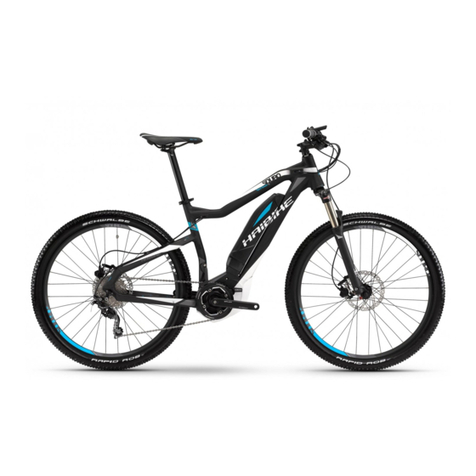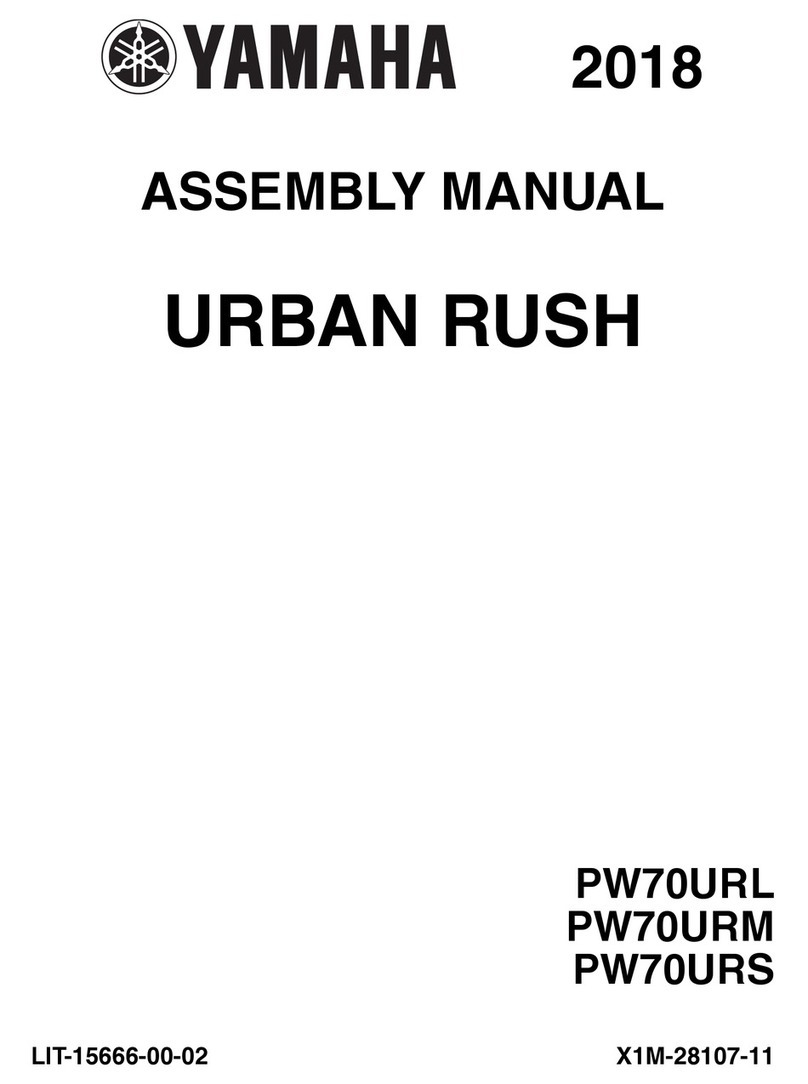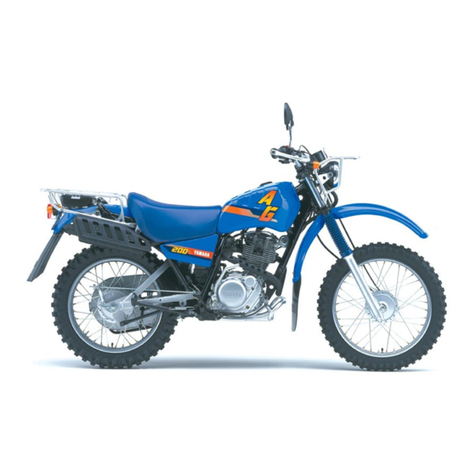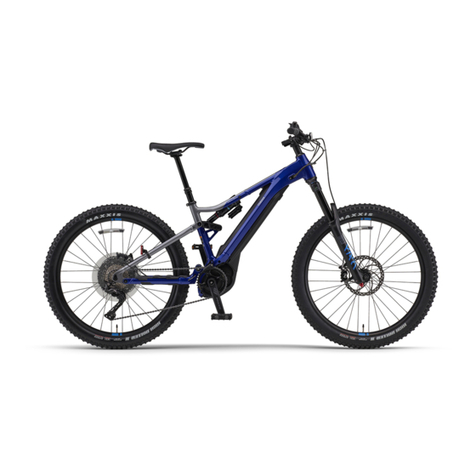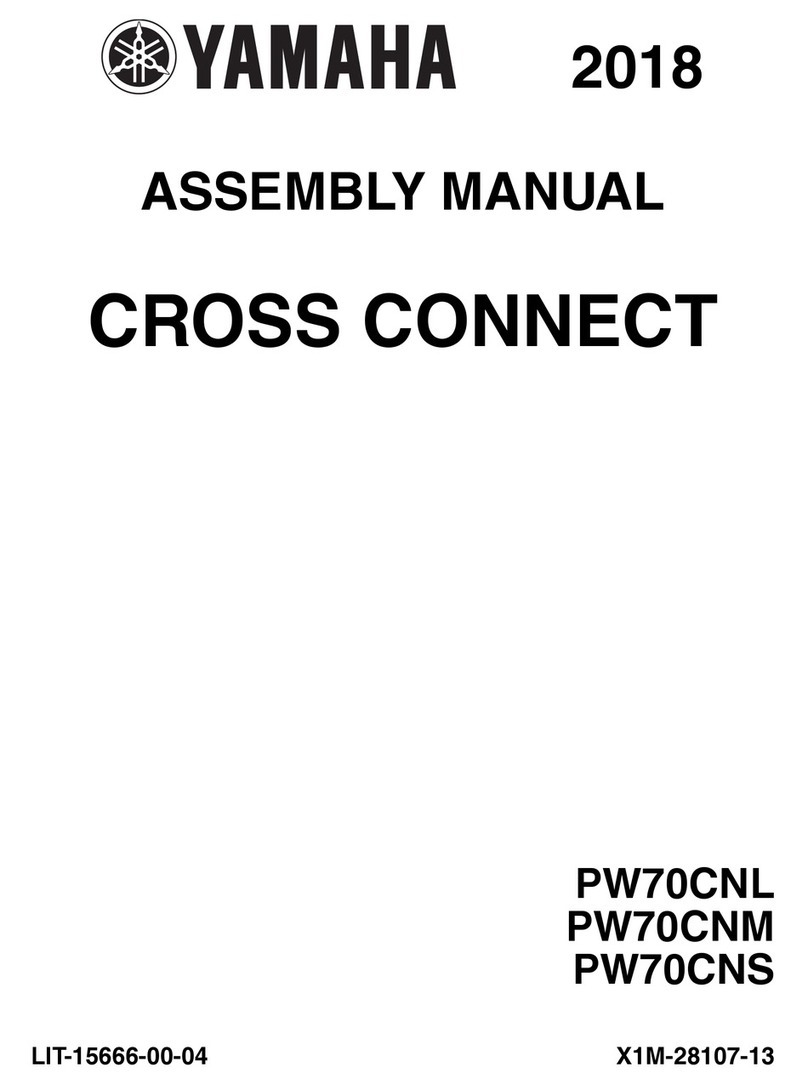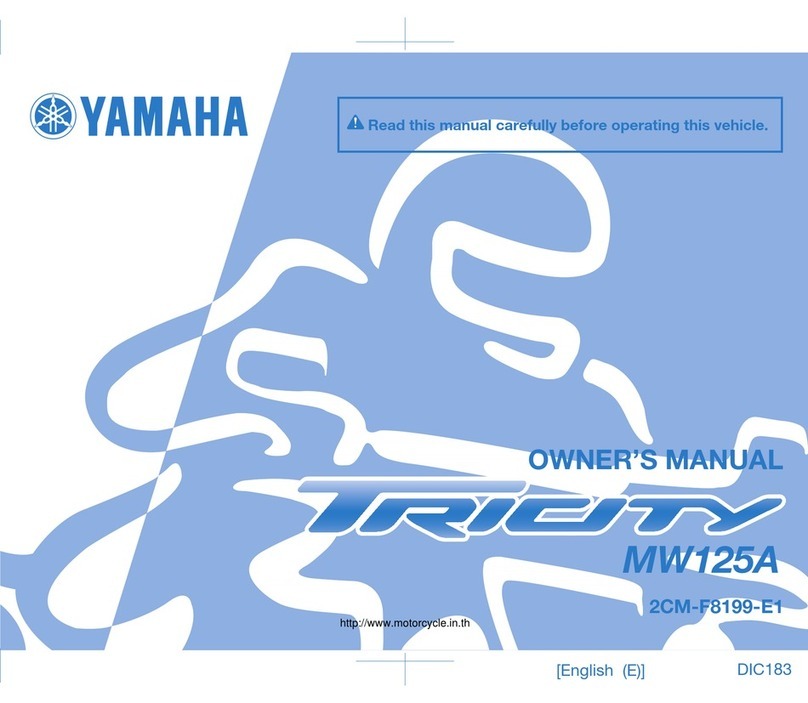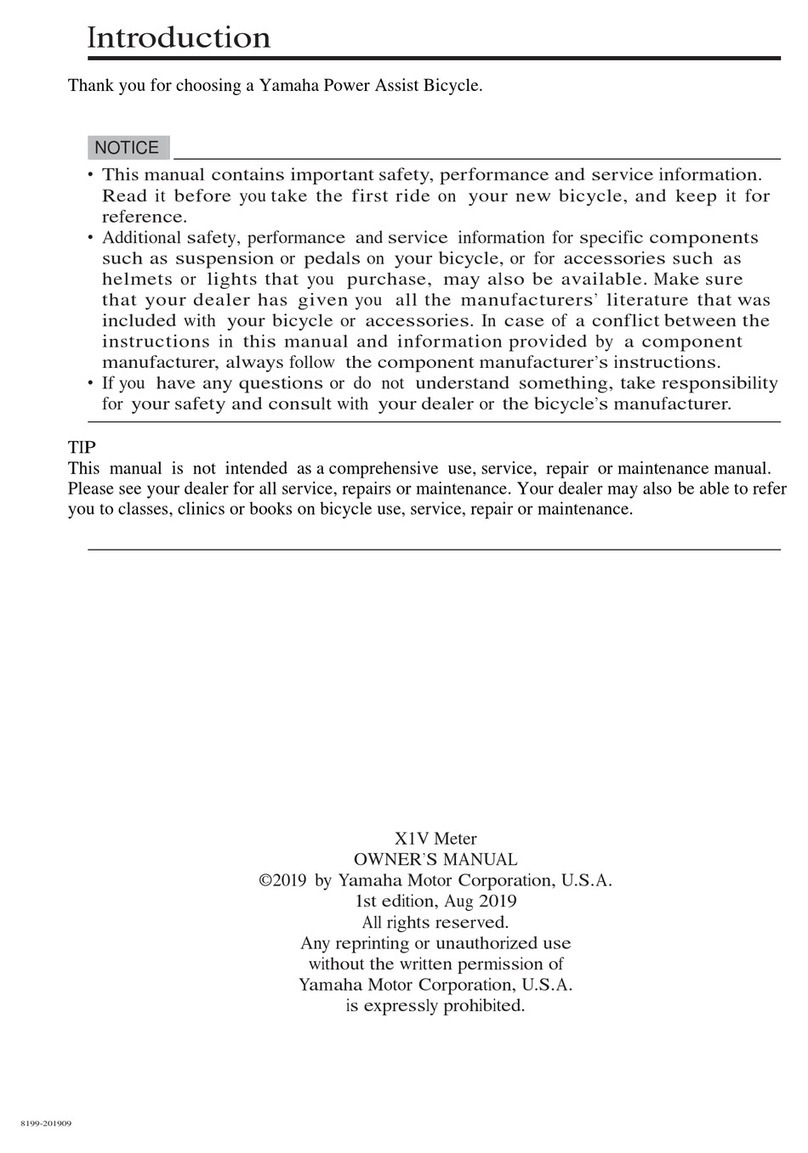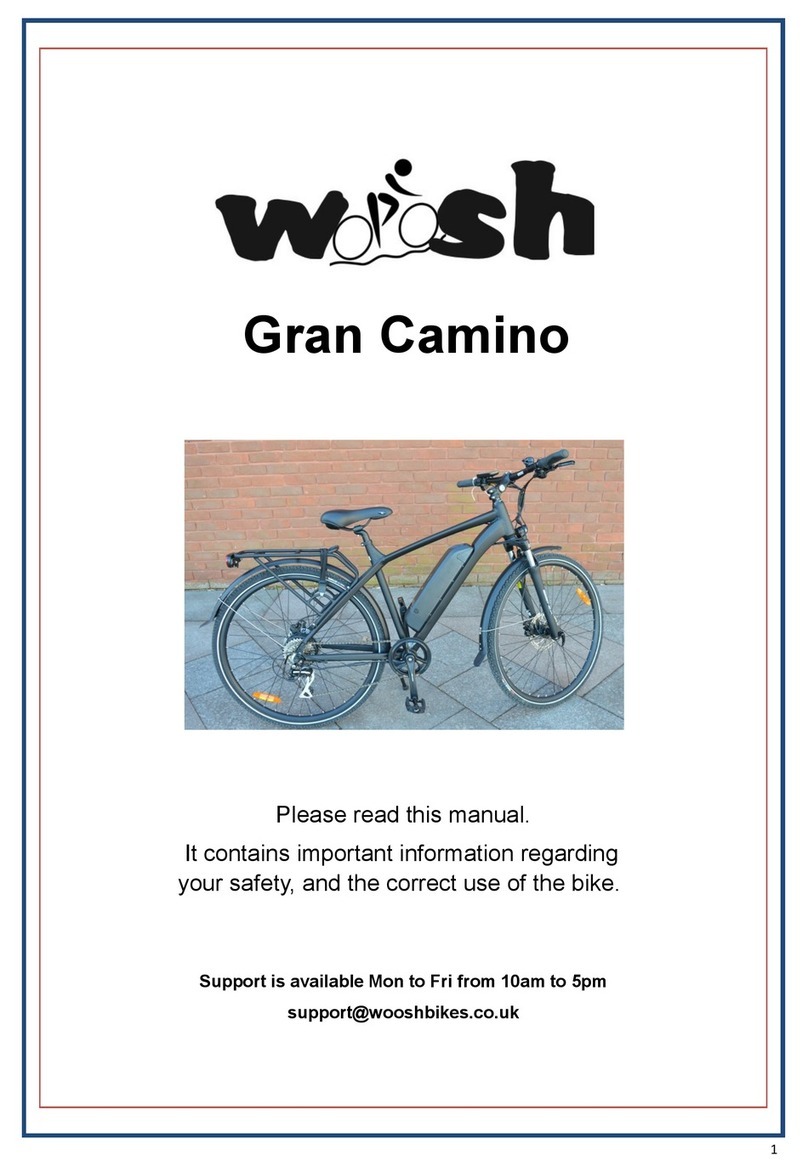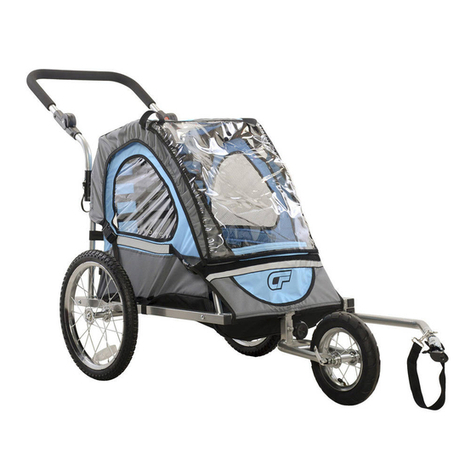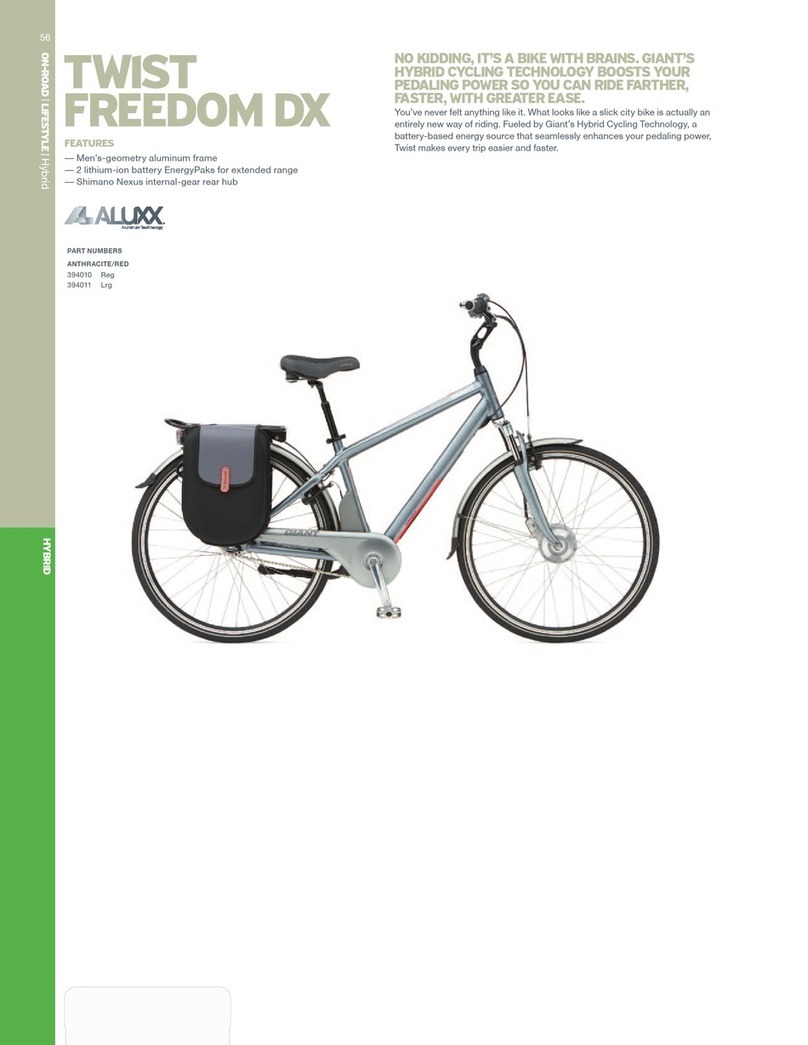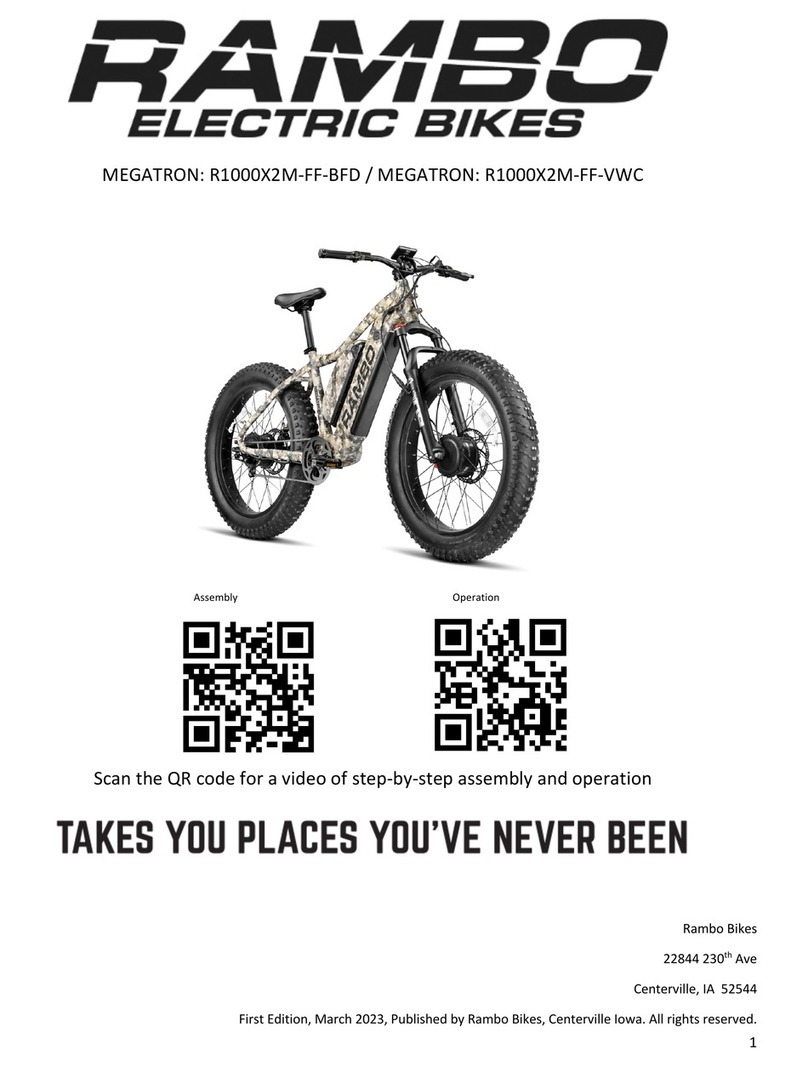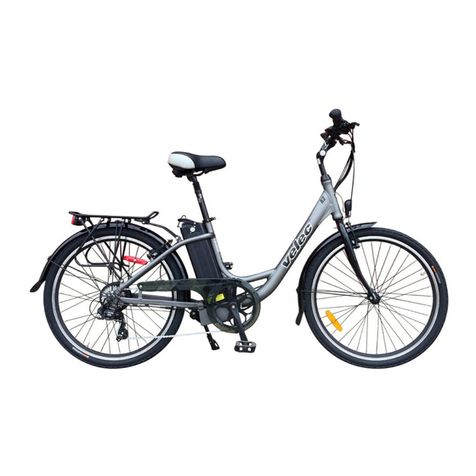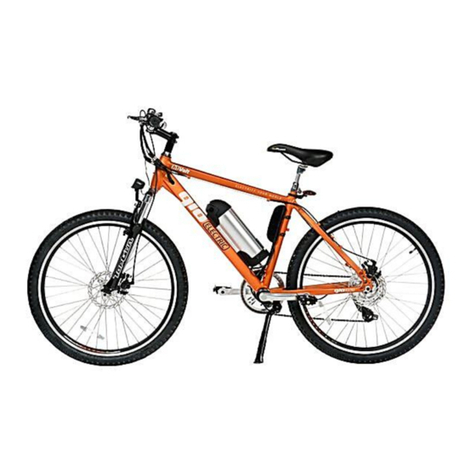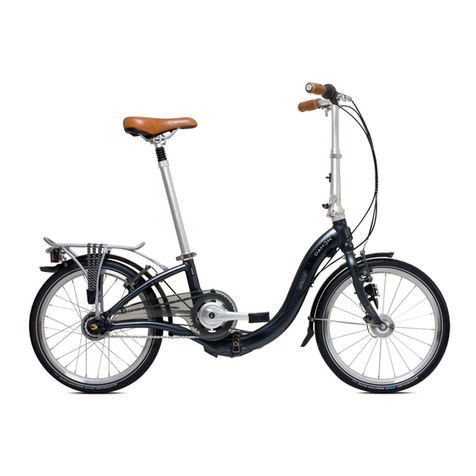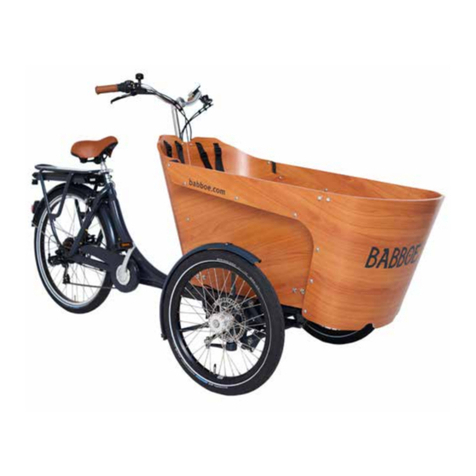
CONTENTS
CHAPTER 1 General Information
Description....................................................................................................P1-1
Precautions relating to maintenance (1) .....................................................P1-2
Cleaning and Maintenance ....................................................................P1-2
Keep away from fire ...............................................................................P1-2
Proper tools ...........................................................................................P1-2
Replacement parts ................................................................................P1-3
Precautions for disassembly and reassembly ........................................P1-3
Handling the Battery Pack .....................................................................P1-4
Servicing Precautions (2).............................................................................P1-5
Bearing Installation ................................................................................P1-5
Oil Seal Installation ................................................................................P1-5
Circlip Installation ..................................................................................P1-5
Precautions relating to maintenance (3) .....................................................P1-6
Handling of the torque sensor ................................................................P1-6
Specialized tools and equipment ................................................................P1-7
CHAPTER 2 Electrical Components
Electrical component wiring diagram .........................................................P2-1
Battery pack ..................................................................................................P2-2
Battery pack display function .................................................................P2-2
Error display ..........................................................................................P2-2
How to check the total number of battery charging cycles......................P2-4
How to check the full charge capacity ....................................................P2-5
Charging .......................................................................................................P2-6
e-Bike system dedicated battery charger...............................................P2-6
Display on battery capacity indicator lamps while charging....................P2-7
Diagnosis mode ............................................................................................P2-8
Recoverable errors of battery pack or battery charger ...........................P2-8
Non-recoverable errors of battery pack................................................P2-11
Temperature protection function ..........................................................P2-14
Over-discharge protection function......................................................P2-15
Diagnosis function .....................................................................................P2-17
Display unit’s display when there is an error.........................................P2-17
Operating Procedures to Diagnosis Mode ...........................................P2-19
Diagnosis function ...............................................................................P2-28
Speed sensor set ........................................................................................P2-34
Speed sensor inspection .....................................................................P2-34
